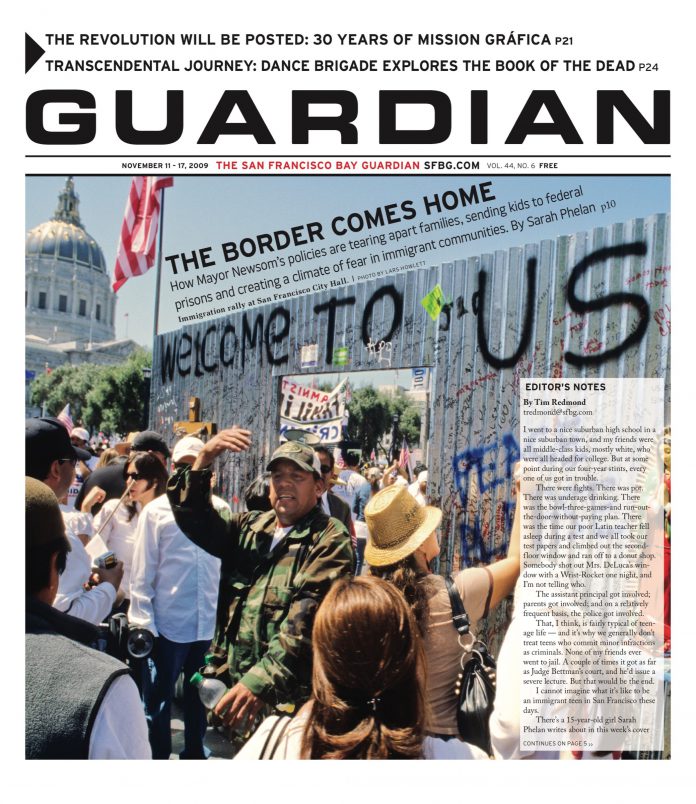Borderlands
(Gearbox, 2K Games) XBOX360, PS3, PC
Video games are a remarkably derivative medium, recycling old tropes and exhausting cliches. This is made more frustrating by the industry’s relentless hype machine, which trumpets newer, better, more unfamiliar games, only to deliver tired titles bound up in a patina of pretty, cutting-edge graphical distraction.
Borderlands is one of the rare games that inverts this paradigm. A hybrid of shooter mechanics and RPG-style progression, it wears its influences proudly on its sleeve, borrowing unabashedly from the best to deliver a combination of the loot-hungry avarice of Diablo (Blizzard), the apocalyptic milieu of Fallout 3 (Bethesda), and the user-friendly set-up of World of Warcraft (Blizzard). With a few clever tweaks, the game becomes a Frankenstein of fun, delivering exuberant shoot-em-up gameplay and an avalanche of enticingly ever-increasing numbers.
To call the story icing on the cake is to be a little over-generous. Four adventurers arrive on the planet Pandora, thought to be the home of a mythical vault full of alien treasure. Violence ensues. Exposition is doled out courtesy of the game’s lone adaptive failure, a retread of the angelic "mysterious female voice on the radio" bit that was played out by the second Halo (Bungie/Microsoft).
Such sour notes are quickly forgotten once the action begins. Taking command of one of four archetypal classes — the brawling Berserker, the stealthy Siren, the head-shooting Hunter, and the stolid Soldier — the player is quickly thrown into a desolate world filled with bloodthirsty enemies, simple but not onerous fetch quests, and oceans of loot.
It is in the acquisition of exorbitantly powerful digital swag that any action-RPG lives and dies, and Borderlands delivers with aplomb, paying homage to Diablo’s seminal embrace of procedurally generated items. Nearly all the game’s weapons exist as random concatenations of statistics, gaining potency and usefulness by stringing together adjective-modifiers that mete out verbal hilarity as well as they deliver fiery death.
Want to wield a gun named the "Malevolent Thumper"? Have you dreamed of mowing down cannibalistic midgets with a sniper-scoped shotgun that fires rockets filled with acid? The game provides all this and more, and the player is inexorably egged along by the prospect of bigger, badder firearms with which to kill bigger, badder bad guys.
The developer’s commitment to levity is refreshing in a climate of increasingly self-serious titles. In comparable games, rare, powerful enemies are "elite." In Borderlands, they’re "badass." The voice-acting, though sparse, is littered with satisfying moments, from the exaggerated Southern drawls adopted by Pandora’s natives to the Hunter’s soft chuckle whenever a critical hit turns a rampaging adversary into a pile of bloody goo.
Though the game is at times gorily realistic, its most unique feature is its art style, which blends comic book techniques and cel-shading to add visual spice to what would otherwise be a drab, dusty wasteland. By swathing their adapted gameplay in this inimitable guise, Gearbox performs the important task of creating a game that’s familiar, but not too familiar.
Single-player and two-player splitscreen are both viable options, but the focus is clearly on online co-op, which allows up to four players and adjusts the difficulty on the fly to allow for the profusion of gunslingers. With no built-in loot allocation system, partying with trusted friends is recommended, cutting down on disputes as much as it increases the potential for social, frag-filled fun. While it is likely to be overshadowed by some of fall’s more high-profile titles, Borderlands gleeful gameplay, distinctive look, well-executed homages, and generous dispensation of big guns might just give the big guns a run for their money.

